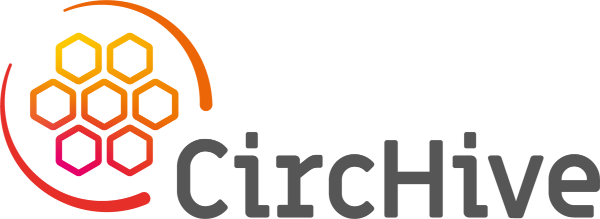
The CircHive project pioneers in developing approaches how organizations can recognize, assess and report value of nature, and mainstream biodiversity at all levels.
Learning about the determinants of business engagement with biodiversity
CircHive project tests methods for biodiversity footprinting and natural capital accounting with case study partners, such as companies in agri-food and forest industries. Testing triggers learning in supply chains. On one hand, the place-based assessments open perspectives into the company’s operations that can translate into local action. On the other hand, it remains a challenge for the companies to scale up the site-specific assessments for a wider application that helps to describe and prescribe operations at large, often in diverse locations of the international supply chains.
The recent literature review by Liu and colleagues concluded that economic motivations, such as operational management and profitability, are frequently recorded as drivers for companies’ engagement with biodiversity. Regulatory frameworks, in turn, have dual impact to motivate corporate engagement through legislation compliance, but uncertainty and inconsistent policies also complicate the action taking.
The CircHive project observations confirm these findings. One cannot manage what is not measured. Yet, an individual pioneering company cannot make the change on its own, but wider change throughout the operating system is needed. To mitigate risks that the pioneering companies recognize for the very foundation of their operations necessitates rethinking how businesses are integrated due to the impacts and dependencies on nature. Biodiversity impacts are context specific and, at the same time, have wider implications for the overall industrial systems. Regulations are important, but also market-based initiatives and pioneer company activities matter.
Business modelling:analytical approaches for researchers and redesigning tools for business
CircHive project webinar in October 2025 discussed how the templates developed for business modelling could support the project goals and mainstreaming biodiversity. Mathieu Salel, Research & Innovation Director in SE Advisory Services guided us through business modelling canvases and framework tools for business model change.
- Business model canvas (BMC) by Osterwalder and Pigneur (2010) is a tool to describe the logic of company operations starting from the value proposition, the key stakeholders that are needed for value creation, delivery and capture, and then, the economic outcome, i.e. costs and revenues, of the focal company.
- Triple layered business model canvas separates the layers of economic, social and environmental value propositions for a detailed analysis each and parallel recognition of the costs and benefits in all layers. As an example, see the analysis by Joyce and Paquin on Nestlé Nespresso. Flourishing business canvas, in turn, depicts the three layers nested. The company business model and the value it creates can be communicated as the overall costs and benefits for the environment, society and the economy altogether.
- 360 business model innovation by Rayna and colleagues is a framework to rethink how a company’s business performance and impact can be reconciled: mere diagnosis of the business model is not sufficient to assess the impact targeted – whether it was economic, social and/or environmental – nor to mobilise the value networks necessary for delivering this impact. The 360-radar view assists a company to understand their capacity to create both value and impact in relation to their ecosystem.
These templates are examples, not an exhaustive set of tools. They can also help in elaborating sustainable business models, for example, to reduce energy and resource use, decrease emissions or enhance biodiversity.
- For a researcher the question of business modelling may be to describe and prescribe what is generic for an economic sector; for example, what the wood working industry’s impact is on natural capital in a certain geographical area, or what the costs and benefits of sustainable agri-food value chains are for the environment and society.
- For an individual company the question can be how the company stands out from its competitors, how it could remain relevant for its key stakeholders in the future, or which the foundations are of its long-term competitiveness and sustainability impact.
Business modelling templates can be used to create a shared language for diagnosis, as well as a structure to redesign the business model.
